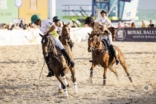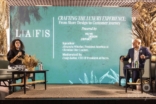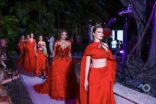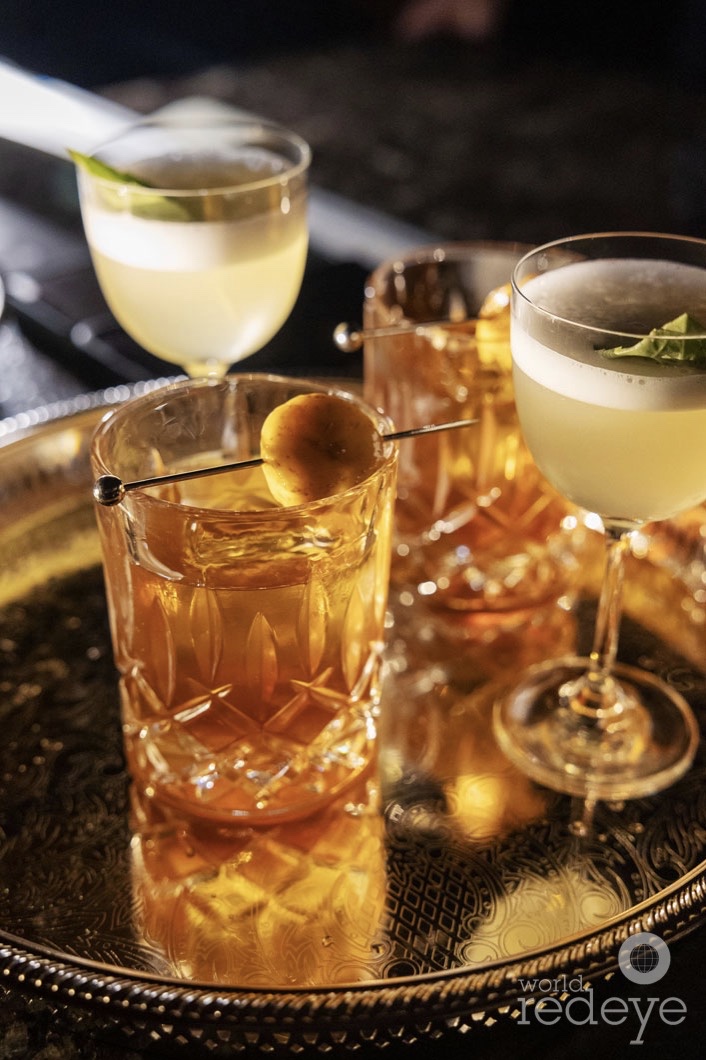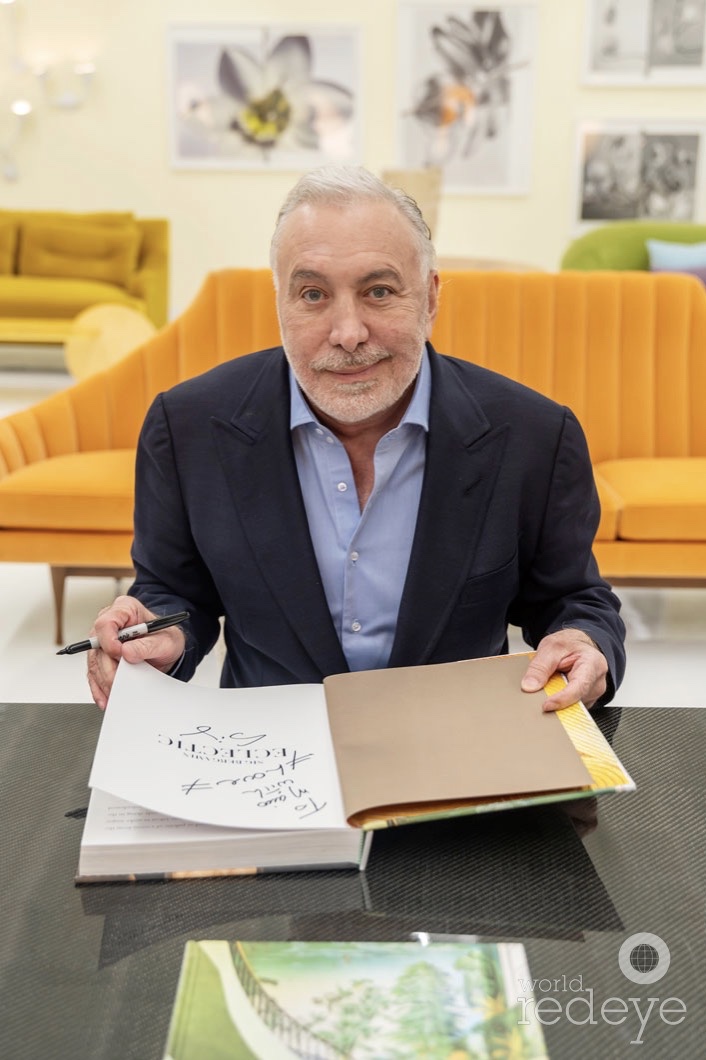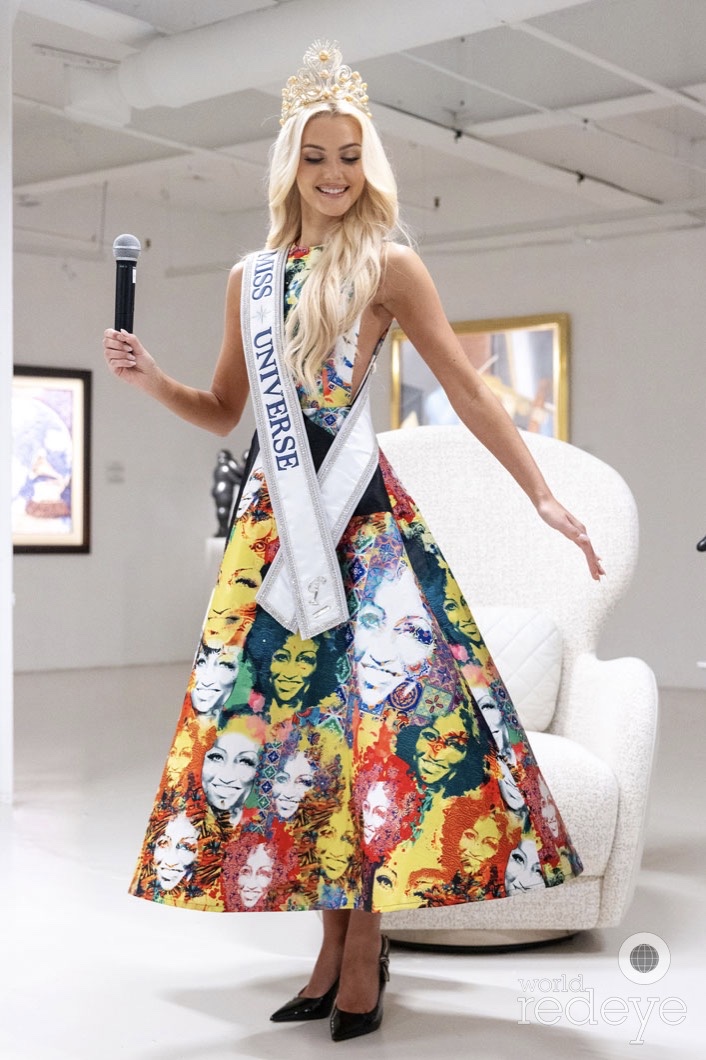Q&A: Garden Portals featuring Lauren Shapiro

Lauren Shapiro
Miami, FL – June 23, 2021 – Visual artist Lauren Shapiro is known for her unique artistic practice, which explores the systems, patterns, and tipping points observed in nature to create ceramic sculptures and clay installations. “Garden Portals,” her site-specific ceramic modular sculpture at Fairchild Tropical Botanic Garden, recently debuted at the Garden’s Tropical Plant Conservancy and Rare Plant House. Running through September 15th, “Garden Portals” reflects on South Florida’s native ecology and cultivates environmental stewardship through community-driven workshops that help bring the project to life.
In addition to receiving a Home and Away Fellowship award from Oolite Arts to realize Garden Portals, the exhibition was partially funded by the Miami Dade County Department of Cultural Affairs and the Knight Foundation for its educational impact. Additional support for this project was also generously provided by Fairchild Tropical Botanic Garden and Bakehouse Art Complex.
World Red Eye caught up with Lauren Shapiro at the opening celebration of “Garden Portals” to get a first look at the striking sculpture and discuss the process behind continually creating meaningful and impactful art. Read the full Q&A below.
By Gaby Cuevas

Lauren Shapiro
WRE: Your art encompasses many different topics manifested through various mediums including sculptures and installations. How would you describe your art and art making process, as a whole?
Lauren Shapiro: I am a ceramic artist, a mold maker and sculptor. I use a casting process with clay to create and mix organic geometries and elements found in nature generated from my custom plaster and silicone molds. I build sculptures with these different elements, grouped together intuitively to reference nature’s intelligent design. My work experiments with art’s possibility to cultivate a broad awareness of our environment, and I often work with ecologists to better understand and narrate the natural world.

Lauren Shapiro
WRE: Tell us about your newest sculpture “Garden Portals” at Fairchild Tropical Botanic Garden. What exactly is it made out of? What was the process behind creating this piece?
LS: Garden Portals was designed specifically for the entrance to the Garden’s Tropical Plant Conservancy and Rare Plant House. To create it, I started with foraging leaves from native and tropical plants at the Garden and creating silicone molds from them. An integral component of the work is its ability to directly educate our community on the fragility of our local environment, by becoming active participants in how it’s made.
Earlier this year, I led a series of workshops in Miami where I instructed participants to press wet clay into the molds of textures to create their ceramic replicas. I later fired and arranged their individual pieces onto glazed ceramic tiles with a surface that mimics microscopic patterns found in nature. With fifty-four tiles in the work, this is my largest ceramic sculpture to date!

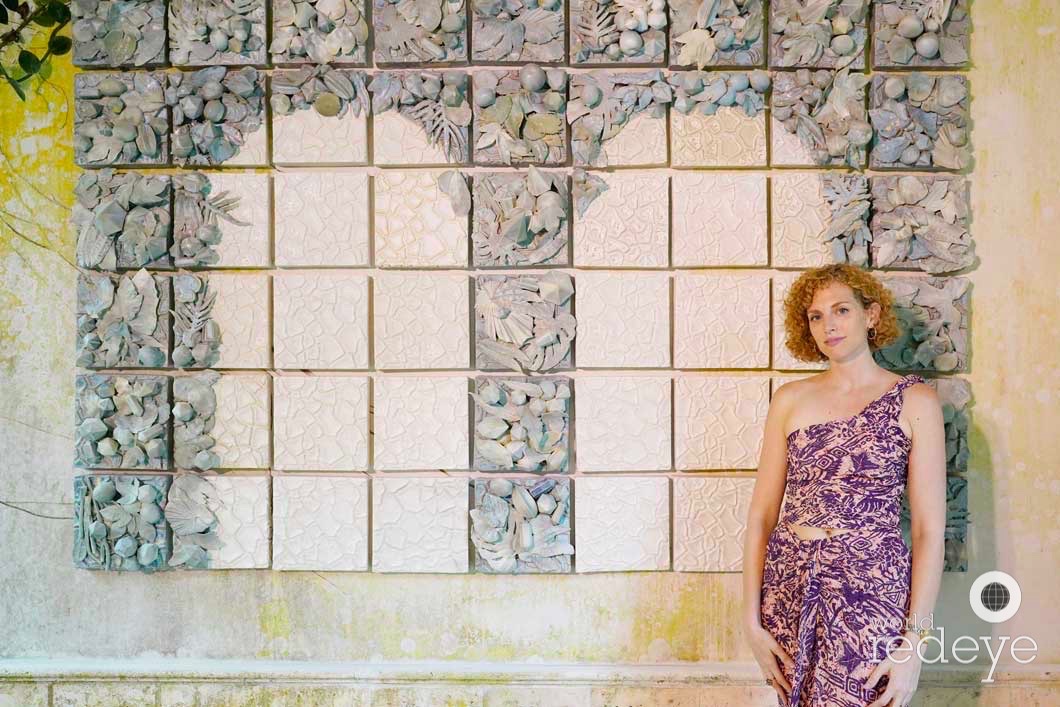
Lauren Shapiro
My work experiments with art’s possibility to cultivate a broad awareness of our environment.
Lauren Shapiro
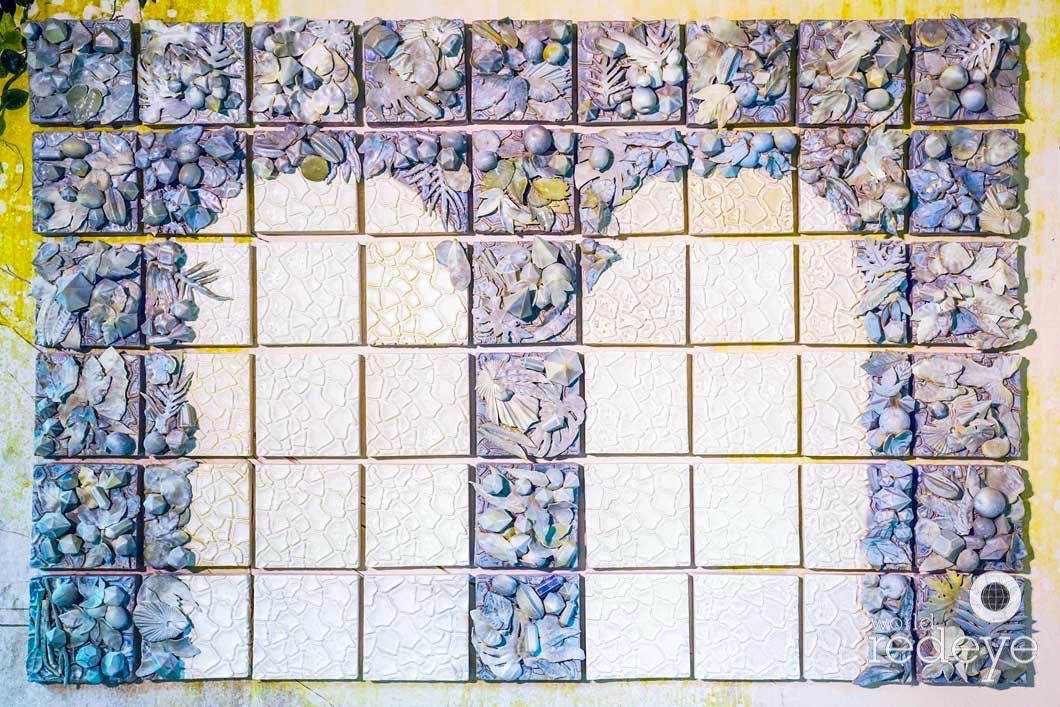
WRE: Artists are constantly drawing inspiration from the world around them to inform their art. What inspired you specifically to create “Garden Portals”?
LS: “Garden Portals” is inspired by South Florida and its unique botanical assemblage, which is unlike anywhere else in the world. Plants that you might recognize from northern climates grow alongside species that originate from the southern tropics, and all are native here in South Florida. Through the presentation of the project, I wanted to recognize the botanists and researchers who work at Fairchild Tropical Botanic Garden who explore and maintain its lush and vibrant landscape.
WRE: “Garden Portals” includes a collaborative aspect of community workshops that help inform the public and bring the project to life. How did you come up with the idea to incorporate this into the exhibition?
LS: Including people in the construction of large-scale projects cultivates environmental stewardship and joins people and the environment through it. By inviting the community in the construction of these laborious projects, I introduce a creative process that gives participants agency and awareness of the beauty and fragility of our local environment.
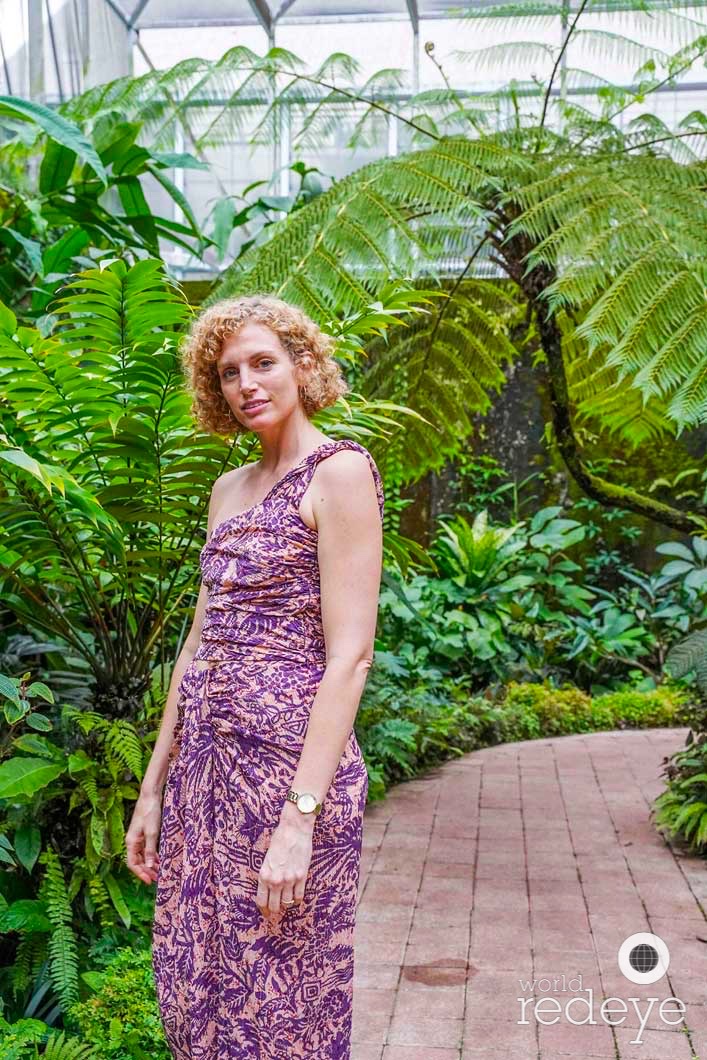
Lauren Shapiro
I hope that people will recognize the value of wild areas within our cities… that there is a natural world out there and we are part of it.
Lauren Shapiro
WRE: What has your experience working with Fairchild Tropical Botanic Garden been like?
LS: I’ve been partnering with Fairchild since 2019, and it’s been an amazing experience meeting the scientific community and learning about their environmental conservation efforts. The Garden itself is a work of art, and the perfect place for artists to respond to the surrounding landscape. The education department has been enthusiastic about programming. I hope that Fairchild will continue to invite and support artists making work at the Garden.
WRE: What do you hope people will take away from this piece?
LS: On a less-tangible level, I hope that people will recognize the value of wild areas within our cities – to be reminded that there is a natural world out there and we are part of it. Exposure to nature is important for our physical and mental well-being, perhaps now more than ever.

Lauren Shapiro
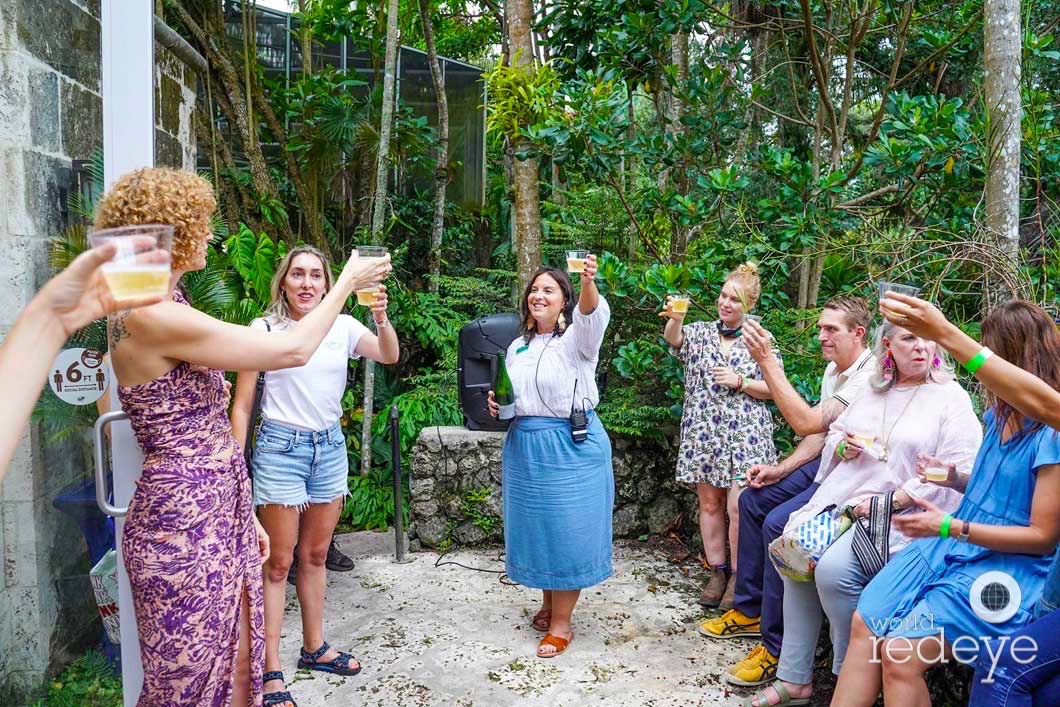
Lauren Shapiro & Kelley Ramer


Lauren Shapiro & Kelley Ramer

Lauren Shapiro & Kelley Ramer

Lauren Shapiro & Laura Novoa
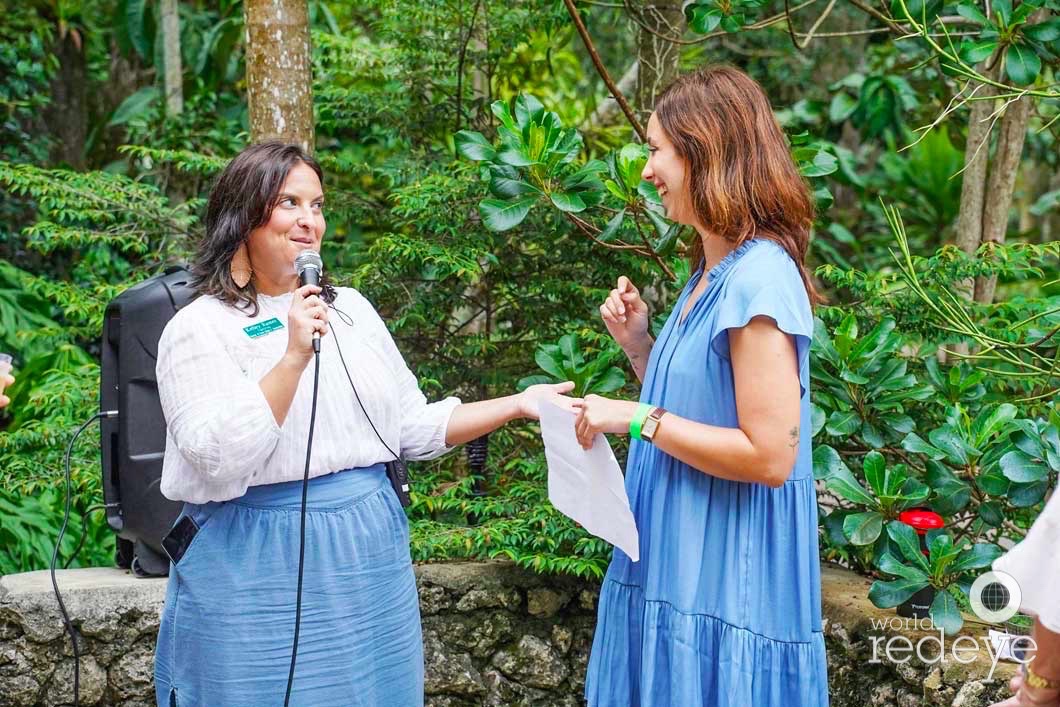
Kelley Ramer & Laura Novoa


Lauren Shapiro
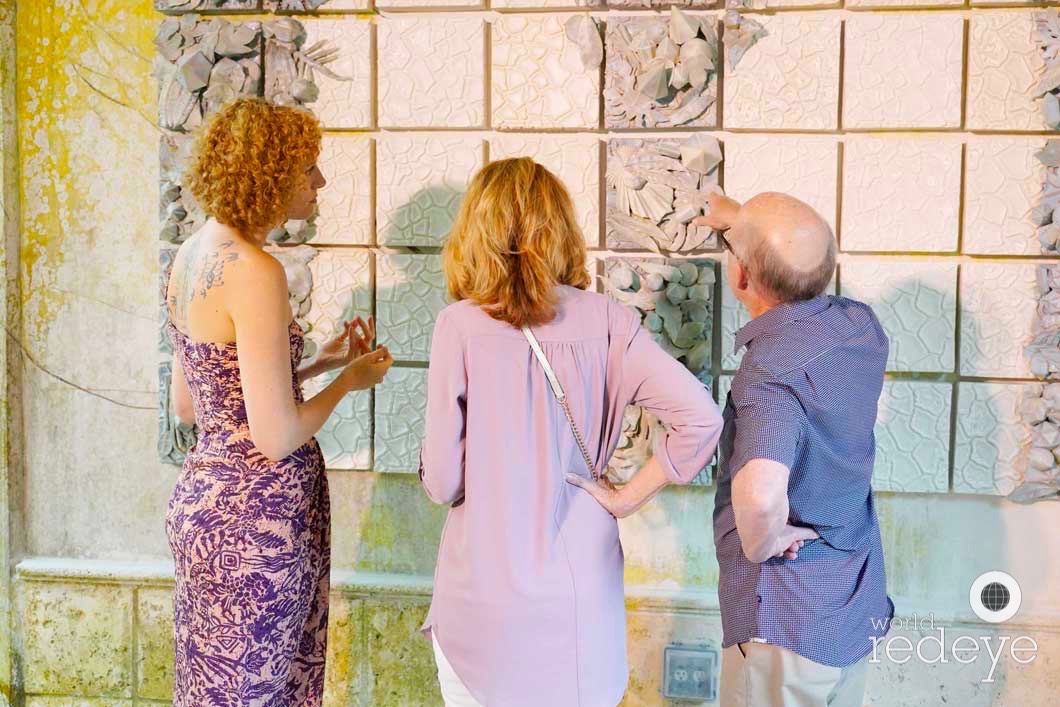
Lauren Shapiro
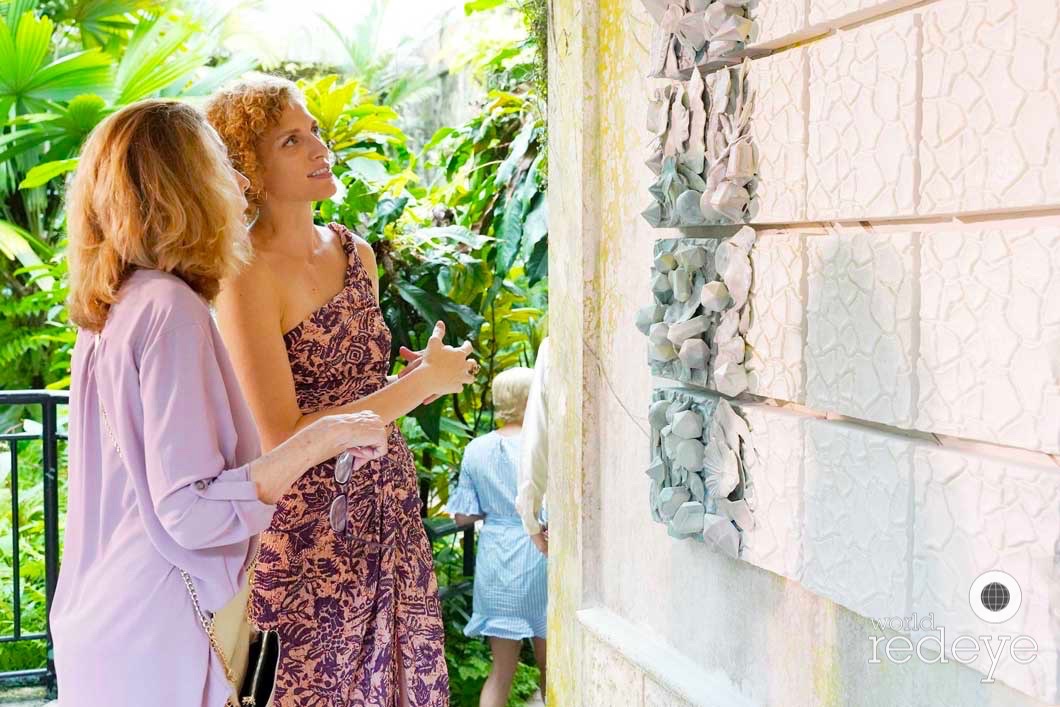
Lauren Shapiro


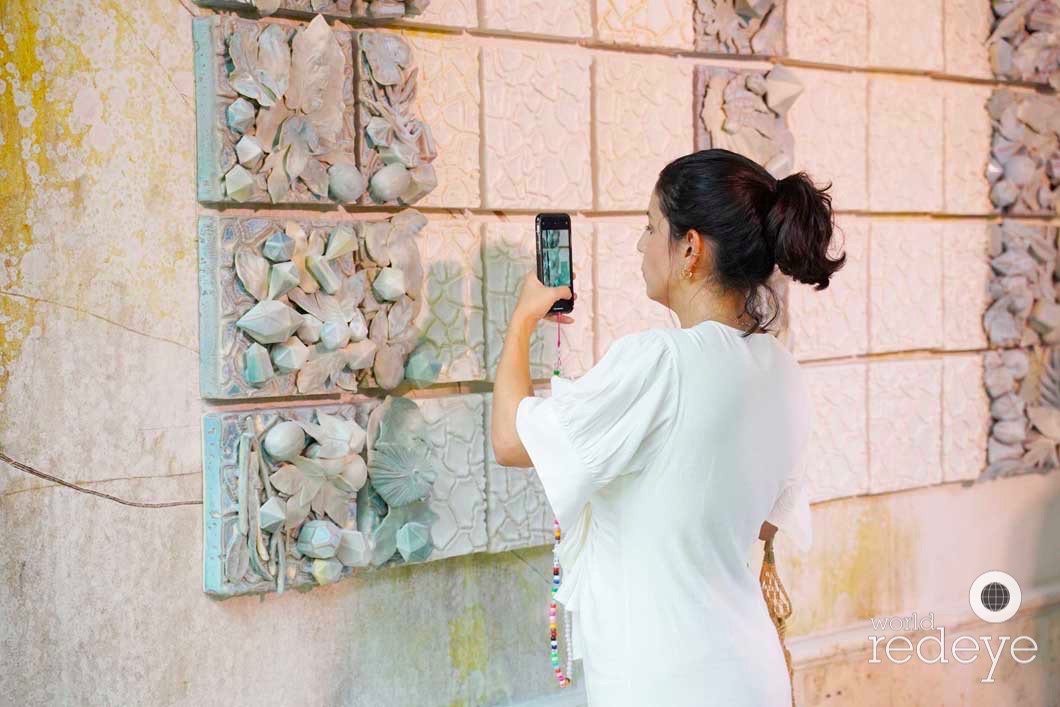
Nicole Martinez

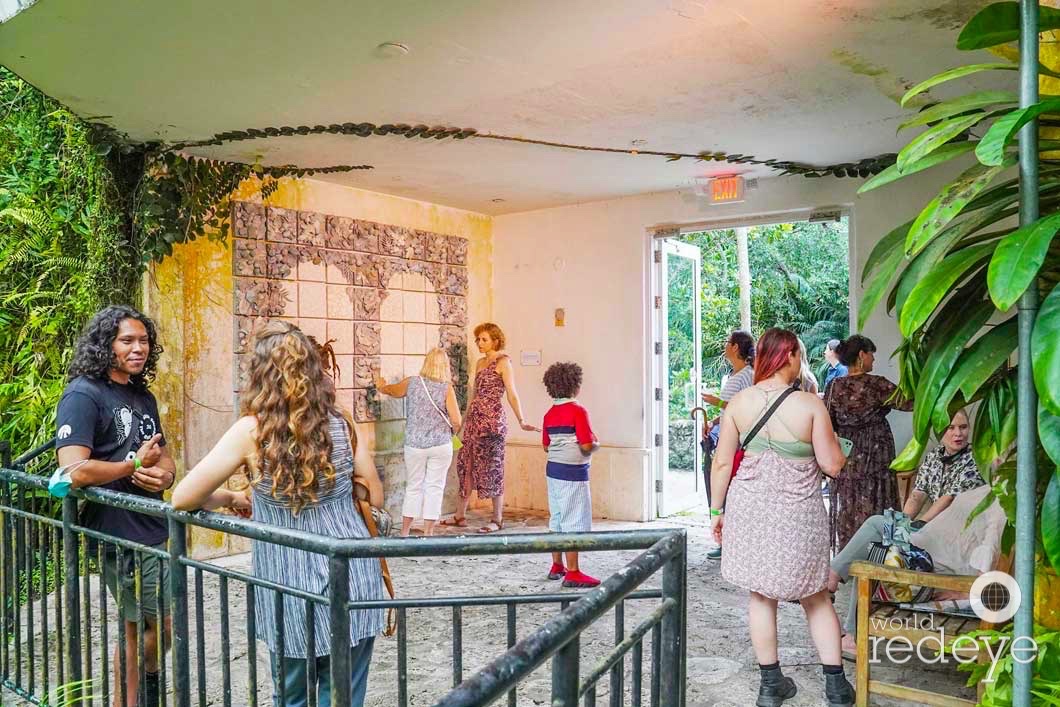
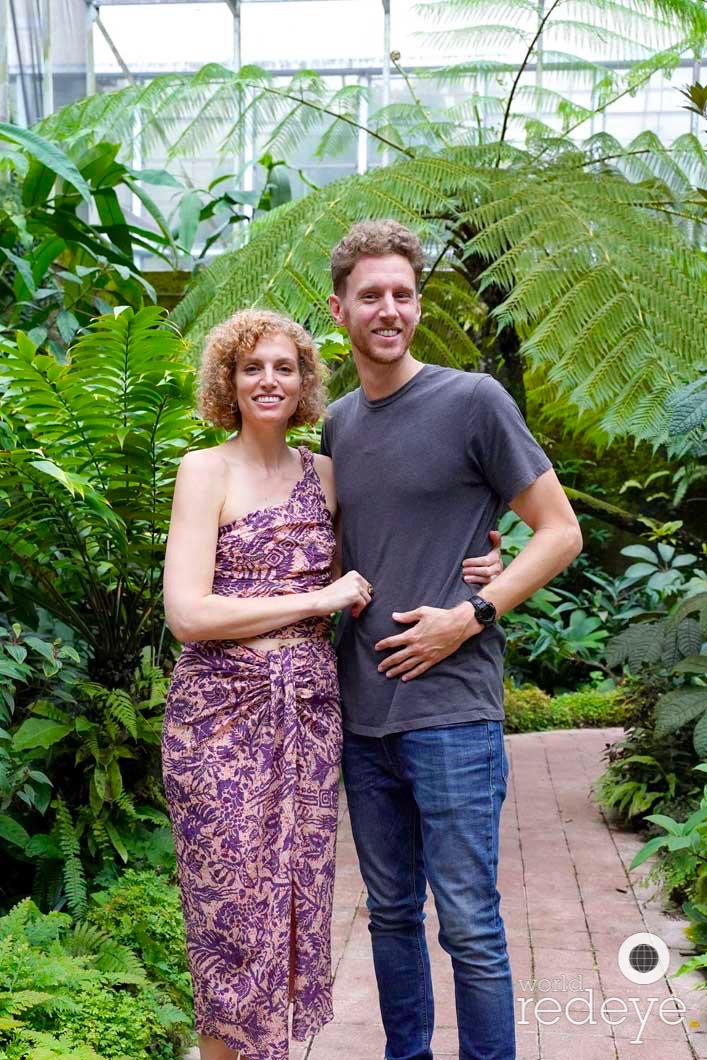
Lauren & Aaron Shapiro

Laura Novoa, Amanda Bradley, Lauren Shapiro, & Nicole Martinez


 Q&A: Exploring the Art of Fine Japanese Dining at Kissaki
Q&A: Exploring the Art of Fine Japanese Dining at Kissaki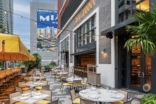 Q&A: Casa Gianna: Blending Creativity and Tradition at The Gale Miami
Q&A: Casa Gianna: Blending Creativity and Tradition at The Gale Miami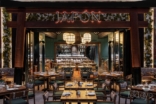 Q&A: Behind the Opulence of Japón with Saladino Design Studios
Q&A: Behind the Opulence of Japón with Saladino Design Studios José Parlá Returns to His Roots with “Homecoming” at PAMM
José Parlá Returns to His Roots with “Homecoming” at PAMM Q&A: Casa Tua: 23 Years of a Family-Owned Legacy
Q&A: Casa Tua: 23 Years of a Family-Owned Legacy WRE News: New Renderings Unvelied for 45-Story Standard Residences in Brickell, Opening 2027
WRE News: New Renderings Unvelied for 45-Story Standard Residences in Brickell, Opening 2027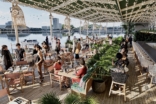 WRE News: A Look at Kygo and Myles Shear’s Palm Tree Club Miami in North Bay Village
WRE News: A Look at Kygo and Myles Shear’s Palm Tree Club Miami in North Bay Village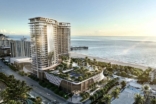 WRE News: Luxury Boom Hits Pompano Beach: Jorge Perez Leads $1 Billion Coastal Transformation
WRE News: Luxury Boom Hits Pompano Beach: Jorge Perez Leads $1 Billion Coastal Transformation WRE News: Pharrell Brings NYC’s Nami Nori Sushi to Miami’s Design District
WRE News: Pharrell Brings NYC’s Nami Nori Sushi to Miami’s Design District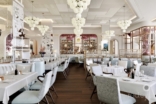 WRE News: Celebrity- Favorite Greek Restaurant GAIA to Make U.S. Debut in Miami Beach Summer 2025
WRE News: Celebrity- Favorite Greek Restaurant GAIA to Make U.S. Debut in Miami Beach Summer 2025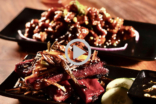 WRE Films: BBQ’D Spare Ribs, Duck Consommé, & the Marisol Cocktail at RedFarm
WRE Films: BBQ’D Spare Ribs, Duck Consommé, & the Marisol Cocktail at RedFarm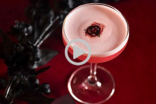 WRE Films: The Bloody Cherry at Marion Miami
WRE Films: The Bloody Cherry at Marion Miami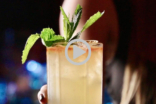 WRE Films: The Twilight at Mayami Wynwood
WRE Films: The Twilight at Mayami Wynwood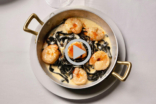 WRE Films: Fettucine al Nero di Seppia at Piegari Miami
WRE Films: Fettucine al Nero di Seppia at Piegari Miami WRE Films: The Black Swan at Queen Miami Beach
WRE Films: The Black Swan at Queen Miami Beach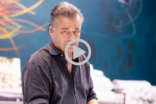 WRE Films: The Code with Kobi Karp
WRE Films: The Code with Kobi Karp





